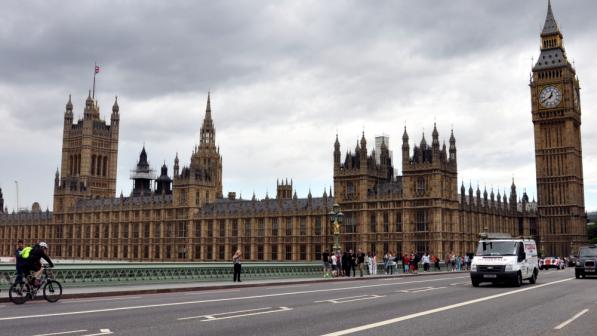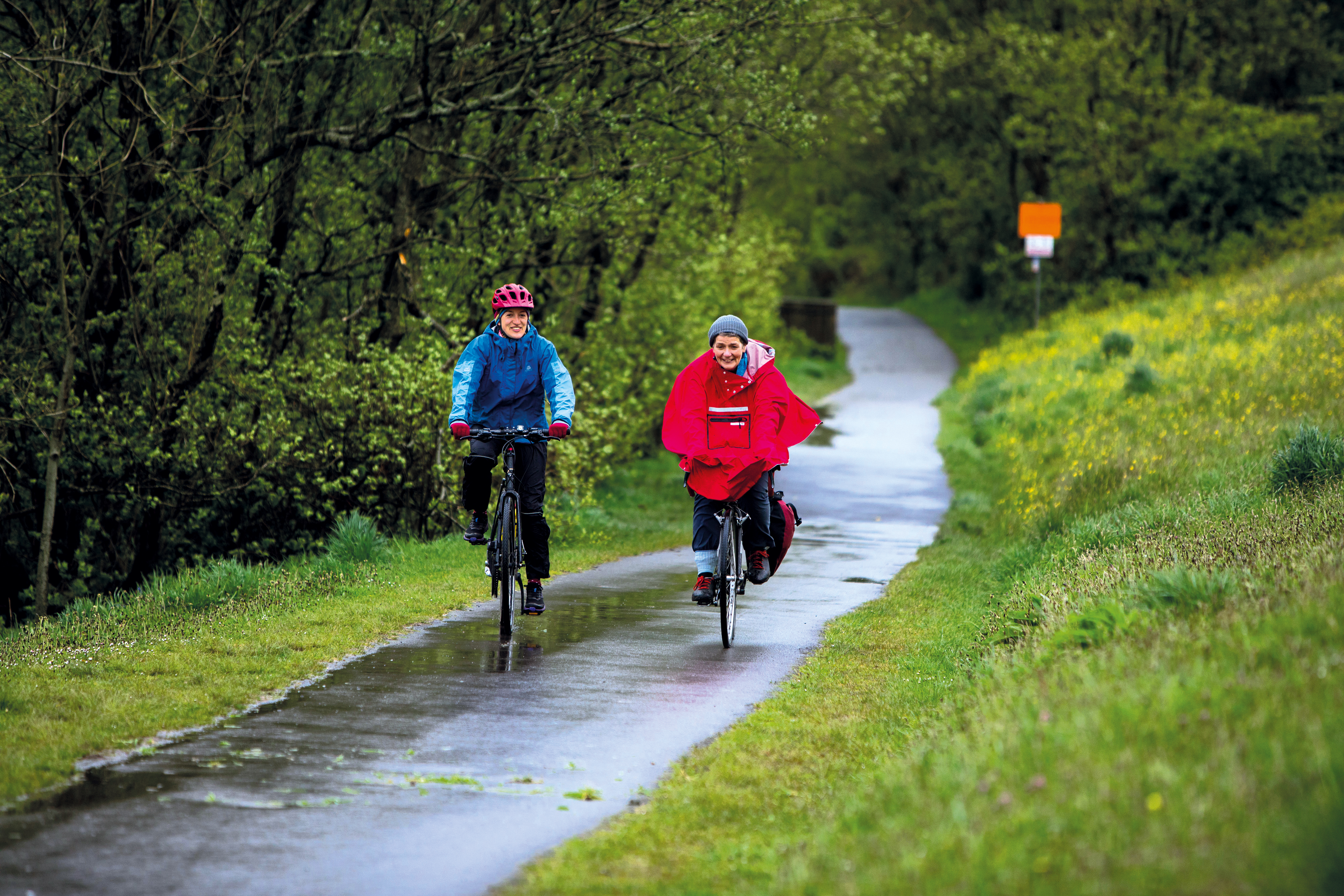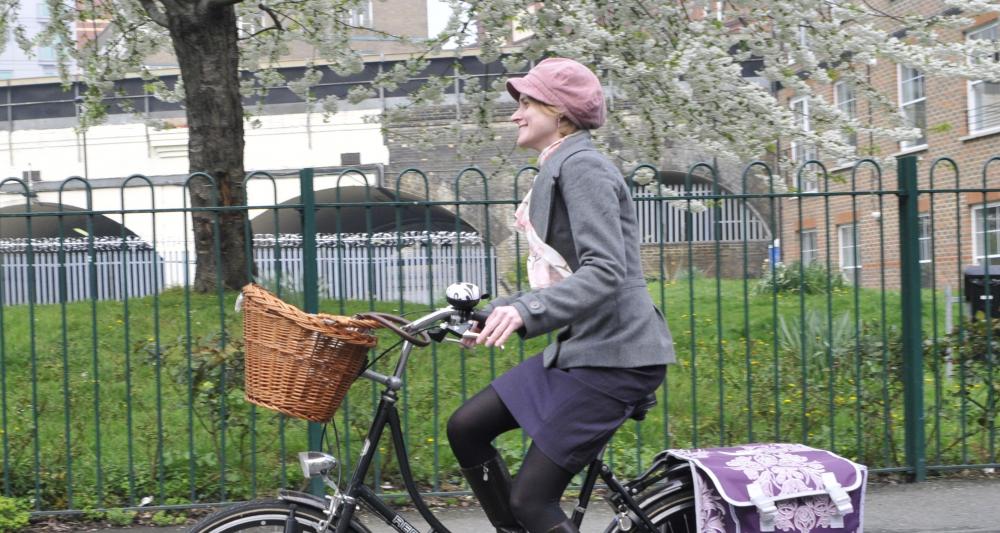National transport policy and cycling
By Cherry

Cycling UK wants to see cycling given a central role in national transport policies
Headline message
- Cycling provides huge benefits for everyone, whether or not they take up cycling themselves. For individuals, it is a fast, flexible, healthy and cost-saving option for day-to-day journeys; for society, it helps to create a fitter population, a cleaner environment, a vibrant economy and a better quality of life.
- These benefits can be maximised by giving cycling a central role in national transport policy. This requires strong leadership and ambition; cross-departmental action; sustained funding; nationally determined cycle-friendly design standards; a commitment to tackle deterrents to cycling; and promoting cycling as a safe and normal activity for people of all ages, backgrounds and abilities.
Policy key facts
- The Get Britain Cycling report (April 2013) recommended aiming to boost national cycle use from around 2% of trips in Britain at present, to 10% (roughly German levels) by 2025 and to 25% (roughly Dutch levels) by 2050. It also recommended long-term funding for cycling of at least £10 per person annually, rising to £20 as cycle use rises.
- According to research commissioned by Cycling UK, the cumulative benefits of meeting these targets would be worth £248bn between 2015 and 2050 to England’s national economy, yielding annual benefits in 2050 worth £42bn in today’s money.
- The Infrastructure Act 2015 commits the Government in England to a ‘Cycling and Walking Investment Strategy’ in law.
- Cycling investment has been consistently found to have exceptionally high benefit-to-cost ratios (BCRs) compared with road schemes and other large transport projects.
- In 2014, Transport for London said that: “Cycling levels in the Congestion Charge zone are […] up by 66 per cent since the introduction of the scheme.”
Cycling UK view
- A high-level, sustained commitment to promote, encourage and provide for cycling as a safe and normal activity for people of all ages, backgrounds and abilities, should be a key element of national transport policy.
- Cycling has such wide-ranging benefits for policy areas beyond transport that it should be supported cross-departmentally by other government ministries, for example health, planning, sport, tourism and recreation, education, environment and the Treasury. This partnership approach should involve the public, private and voluntary sectors, and be adopted at local level too.
- The Government should set a national cycling target of 10% of trips within 12 years and 25% by 2050.
- Government transport and planning policy should recognise that cycling both contributes to and benefits from less motor traffic and explicitly support the principle of motor traffic restraint and the mechanisms used to achieve it.
- The Government should create a cycling budget of £10 per person per year, rising to £20 as cycle use increases, or commit 10% of its transport budget to cycling and walking.
- Decisions over transport spending should take account of the fact that much road-building has many adverse consequences and its economic benefits are debatable, whereas cycling offers high returns.
- The appraisal tools used for transport schemes are biased against investing in cycling and need to better reflect its full range of benefits, together with the disadvantages of higher-cost and less sustainable transport.
- The National Transport Model (NTM), which informs decisions on transport spending, undermines the case for investing in cycling and should be fundamentally overhauled.
- More money should be allocated to cycling from other streams, notably the £15 billion Roads Investment Strategy and public health funds. Road maintenance budgets and the planning system should also be used to provide substantial benefit to cycling.
- All direct and indirect provision for cycling should be subject to nationally defined cycle-friendly design standards, with mechanisms to ensure that all authorities and agencies comply with them. Action is also needed to boost the professional awareness and skills of anyone who is responsible for delivering policies and planning related to cycling.
- National policy should recognise that more and safer cycling should and can go hand in hand, and that action should be taken to tackle the actual and perceived fears that deter people from cycling, for example high motor traffic volume/speeds, lorries and irresponsible drivers, unfriendly road design, while proper enforcement of road traffic law must have a higher priority.
- National and local road safety targets for cycling should be rate based, for example the risk of a cycle casualty per mile or per trip. Perception-based targets should also be set for cycling, such as the proportion of the public who regard cycling as safe in their area.
- The Government should establish and fund a national target to give every child the opportunity to take part in cycle training free of charge before they leave school.
- Cycle safety awareness campaigns should not make cycling appear unduly dangerous.
- The Government should support all ‘smarter choice’ measures that encourage alternatives to driving, and encourage schools, colleges, employers, the health sector and public transport operators to promote and provide for cycling.
2016-05-30 00:00:00 Europe/London







